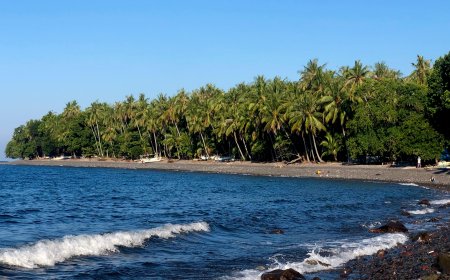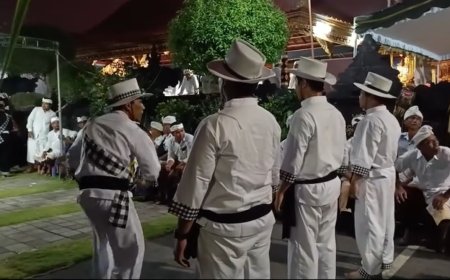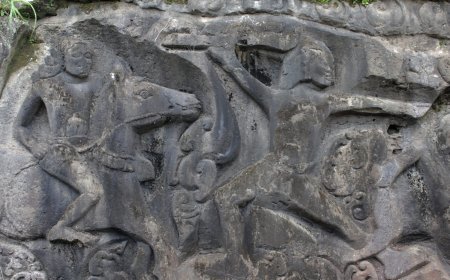Dhang Khayangan Gunung Payung Temple as a History of the Sacred Journey of Danghyang Nirartha
In the midst of the onslaught of the modern era, Bali has not forgotten its history, one of which is the history of Gunung Payung Temple which is located in Kutuh village, South Kuta. This temple can become a religious tourist destination that is steeped in history. The meaning of Gunung Payung Temple it self is shade or protector of the world, this is proven by the many leaders who feel that they are not good at protecting the community, asking for guidance by praying at this temple. Apart from being a religious tourist spot, Gunung Payung Temple also offers beautiful views located under the cliff, namely a beach with clean white sand. namely Gunung Payung Beach.
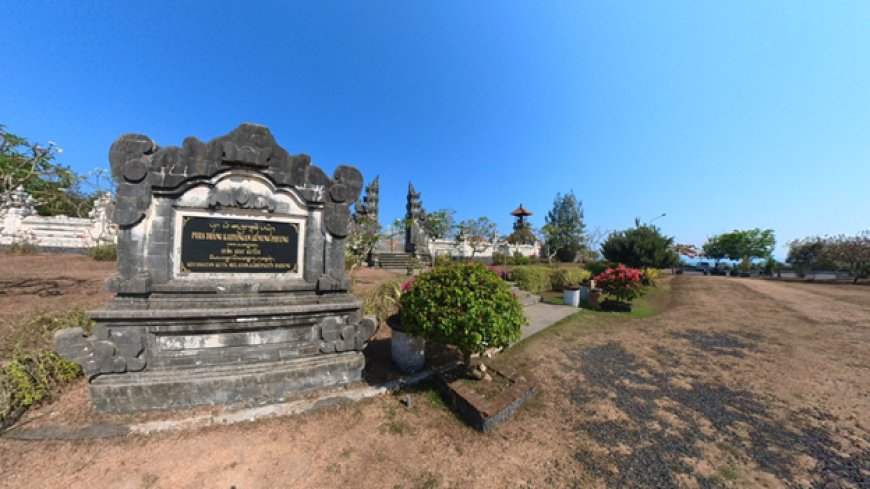
In the barren hills in the South Kuta area, precisely in the village of Kutuh, there is a temple called Pura Gunuang Payung. This temple is a sacred history of the journey of Danghyang Nirartha or better known as Pedanda Sakti Wawurawuh, who was a spiritual scholar from Majapahit. Danghyang Niarartha left Java after the end of civil war and looking for a place in Bali that is strongly influenced by Hinduism and he arrived at his destination, namely the Dhang Khayangan Gunung Payung Temple and several other temples such as Pulaki Temple, Uluwatu, Goa Lawah and Silayukti.

Utamaning Mandala Gunung Payung Temple (Photo Source: Private Collection)
The Dhang Kayangan Gunung Payung Temple is a temple with public status or commonly called the Khayangan Jagat Temple which is admired by the public. The layout of the Gunung Payung Temple has a dual mandala concept, namely the Utamaning Mandala and Jaba. The two-overlapping meru, the sedana hair shrine and the galih bead pelinggih. These pelinggihs are symbols or stanas of the Gods in Gunung Payung Temple, for example the two-overlapping meru which is the stana of Dang Hyang Nirartha or what is often called Pedanda Sakti Wawurawuh.
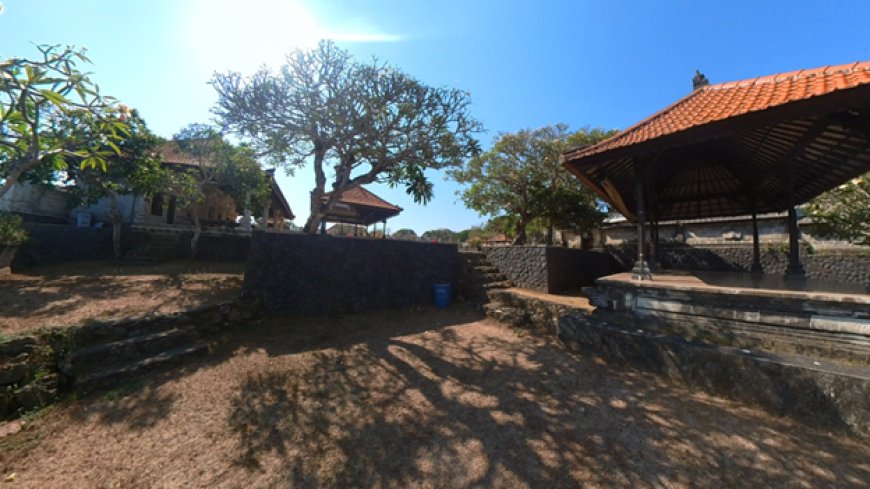
Jaba Pura Gunung Payung (Photo Source: Private Collection)
Meanwhile, in the Jaba area there are bale gong buildings, Palinggih Ratu Niang, Palinggih Ratu Ngurah Sakti Pangenter Jagat, and the Beji Temple as a place for thunderstorms. In Bali, the bale gong is a place where gamelan is played during religious ceremonies. The bale gong itself is usually larger than other buildings. Because it contains various types of gambelan such as gong, gangsa, reong and so on.

Palinggih Ratu Niang Sakti (Photo Source: Private Collection)
Palinggih Ratu Niang Sakti is a palinggih which was established in the Jaba area of Gunung Payung Temple. Many people undergo treatment or ask for healing at the palinggih. The method of treatment is quite unique, namely by offering prayer facilities and then these facilities will be offered to Ratu Niang Sakti by the temple officials so that given instructions on how to treat it, or treated directly through an intermediary by the governor by calling Ratu Niang Sakti to come down to treat him directly.





















